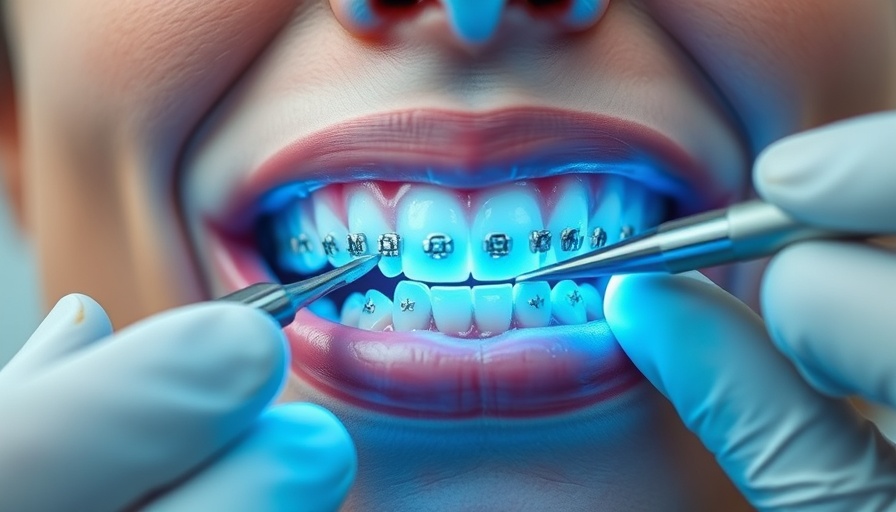
Revolutionizing Orthodontics: The Role of 3D Digital Scanners
In the dynamic world of orthodontics, technology is reshaping the landscape of dental care. The emergence of 3D digital scanners marks a significant leap forward, transforming the way orthodontic treatment is approached. These innovative devices are not just enhancing the accuracy of treatment plans; they are also improving patient experiences across all age groups.
From Discomfort to Ease: The Patient Experience
Traditionally, getting dental impressions could be an uncomfortable ordeal. Many patients find traditional impressions awkward and often respond with a gag reflex due to the putty materials used. In contrast, 3D digital scanning alleviates these discomforts by providing a quick, non-invasive scanning process. The scanners produce high-resolution images within minutes, accommodating everyone, especially young children and individuals with sensory sensitivities.
Accelerated Treatment Planning for All Ages
Among its many advantages, 3D digital scanners dramatically speed up treatment planning. Orthodontists can examine a patient's dental structure through digital scans right away—this efficiency helps eliminate delays that often result from waiting for physical impressions to be sent to laboratories. As a result, patients benefit from a more streamlined and faster path to treatment.
Precision That Fits: The Importance of Accurate Scans
The accuracy of scans generated by 3D digital technology ensures that orthodontic devices like braces and aligners are fitted perfectly. This precision minimizes discomfort and accelerates the process of tooth movement, ultimately leading to more effective treatment outcomes—especially crucial for clear aligners like Invisalign, where precision is paramount.
Accessing Digital Records with Ease
3D digital scans allow for the convenient storing and accessing of patient records. This electronic storage system not only creates a seamless experience for follow-up visits and adjustments but also helps orthodontists track progress more effectively by comparing current scans with earlier images.
Conclusion: Embracing the Future of Orthodontics
The transition to digital scanners in orthodontics highlights the industry’s commitment to patient comfort and treatment efficacy. As technology continues to evolve, the benefits of 3D digital scanning in orthodontic practices are clear. For anyone considering orthodontic treatment, understanding this innovation can pave the way for better outcomes and experiences. When it comes to your dental health, smart technology is the future, and it’s here to stay.
 Add Row
Add Row  Add
Add 




 Add Row
Add Row  Add
Add 


Write A Comment